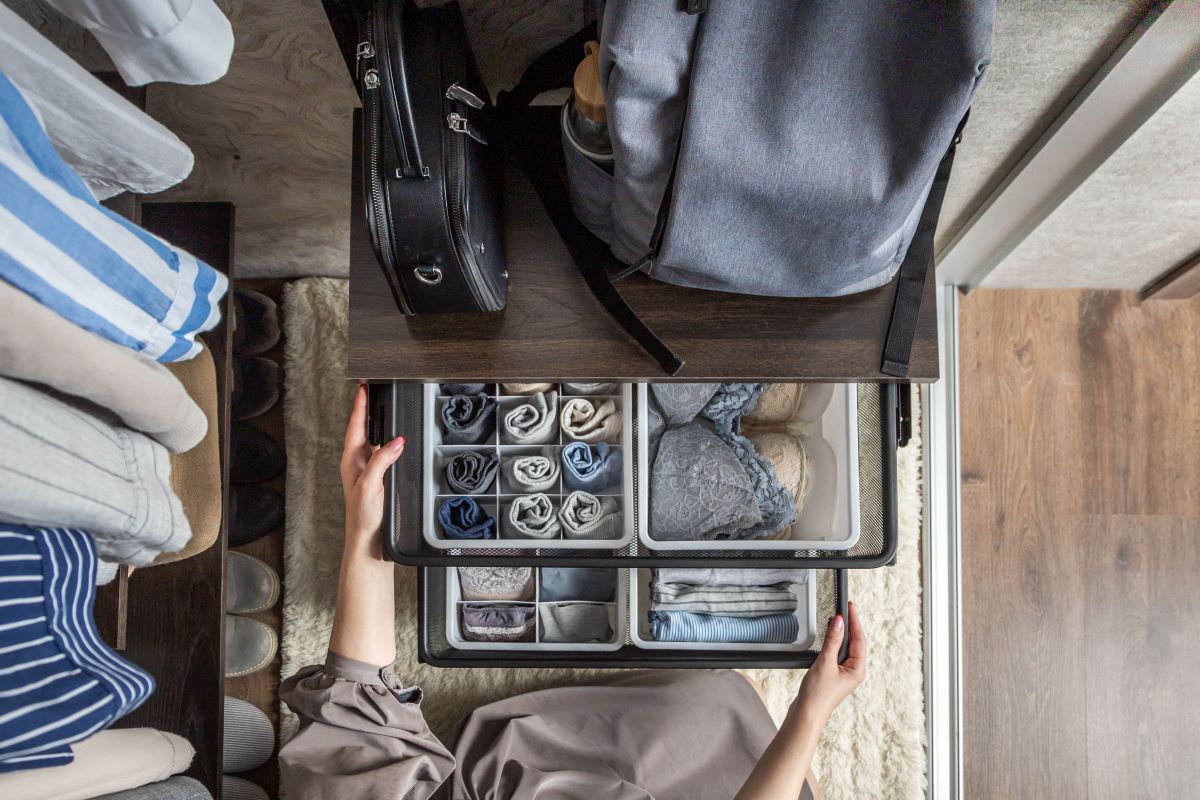

Articles
How To Store Fabric In Small Space
Modified: January 19, 2024
Learn effective strategies for storing articles of fabric in small spaces to maximize organization and optimize your storage solutions.
(Many of the links in this article redirect to a specific reviewed product. Your purchase of these products through affiliate links helps to generate commission for Storables.com, at no extra cost. Learn more)
Introduction
For fabric enthusiasts, collecting a variety of fabrics is part of the joy of sewing and crafting. However, this collection can quickly become overwhelming, especially if you have limited space in your home or craft room. Finding effective ways to store and organize your fabric stash is essential for maximizing space and ensuring easy accessibility to your materials.
In this article, we will explore practical strategies for storing fabric in a small space. Whether you have a dedicated craft room or a small corner of your living space, these tips will help you declutter, organize, and make the most of your fabric collection.
Key Takeaways:
- Maximize vertical space by using floating shelves, pegboards, and wall-mounted rails to store fabric in a small space. Get creative with ladder storage and over-the-door organizers for efficient and visually appealing fabric storage.
- Organize fabric scraps with clear containers, hanging storage, and DIY fabric storage cubes. Utilize rolling and folding techniques to save space and maintain the condition of stored fabric for future projects.
Read more: How To Paint Fabric Furniture
Decluttering and Organizing Your Fabric Collection
Before you embark on storing your fabric in a small space, it’s important to start with a thorough decluttering and organizing process. This will help you assess the fabrics you actually need or no longer require, allowing you to create a more streamlined and efficient storage system.
Here are some steps to follow when decluttering and organizing your fabric collection:
- Sort and categorize: Begin by sorting your fabric into categories such as color, fabric type, or project type. This will make it easier to find what you need later on.
- Assess and let go: Take a critical look at each piece of fabric and ask yourself if it sparks joy or if you have a specific project in mind for it. If not, consider donating or selling it to someone who will make better use of it.
- Set limits: Determine the amount of fabric you realistically have space for and set limits to prevent over accumulation. This will help you avoid clutter and ensure that your fabric stays organized.
- Invest in storage solutions: Look for storage solutions that fit your space constraints and match your organizational style. This could include shelves, bins, or even repurposed furniture like bookcases or cabinets.
By taking the time to declutter and organize your fabric collection, you will have a better sense of what you have, what you need, and how to make the most of your small space.
Utilizing Vertical Space for Fabric Storage
When working with limited space, it’s crucial to think vertically. By utilizing the vertical space in your craft room or storage area, you can store a larger amount of fabric without sacrificing valuable floor space. Here are some ideas for maximizing vertical storage:
- Install floating shelves: Floating shelves are a great way to store fabric while keeping the floor space open. Install them on vacant walls and use them to display and organize your fabric by color, type, or size.
- Utilize pegboards: Pegboards are versatile and can be customized to suit your specific needs. Install a pegboard on a wall and hang small bins or baskets to store folded fabric or fabric scraps. You can also hang dowels or rods to hang larger pieces of fabric.
- Make use of over-the-door storage: Take advantage of the space behind doors by installing over-the-door storage organizers. These organizers typically have pockets or compartments that can hold folded fabric or smaller cuts.
- Invest in wall-mounted rails: Wall-mounted rails or tension rods are an excellent option for storing and displaying fabric. Hang the fabric on the rails using clips or even clothespins, allowing easy access and visibility.
- Use ladder storage: A ladder can serve as a unique and space-saving fabric storage solution. Lean a ladder against the wall or mount it horizontally to hang fabric rolls or folded fabric. This not only saves space but also adds a decorative touch to your craft room.
By utilizing vertical space, you can store your fabric in a visually appealing and efficient manner. This ensures easy access to your fabrics while keeping your small space organized and clutter-free.
Creative Storage Solutions for Small Spaces
When it comes to storing fabric in a small space, thinking outside the box is essential. Here are some creative storage solutions that can maximize your storage capacity while keeping your fabrics organized:
- Hanging fabric organizers: Invest in hanging fabric organizers that have multiple compartments. These organizers can be hung inside a closet door or on a clothing rack to store and categorize your fabric by color or type.
- Under-bed storage: Utilize the space under your bed to store fabric. Opt for shallow bins or vacuum-sealed bags to keep your fabric protected from dust and damage. Label the bins or bags for easy identification.
- Fabric file folders: Use file folders or magazine holders to store fabric vertically on a shelf. This allows you to easily flip through your fabrics and see them at a glance.
- Stackable containers: Invest in stackable containers that can efficiently utilize the vertical space in your storage area. These containers can be labeled and easily accessed when needed.
- DIY fabric storage cubes: Create your own fabric storage cubes using cardboard boxes or fabric bins. Customize the size to fit your space and stack them to save space.
- Tension rod dividers: Use tension rods to create dividers within larger storage containers or shelves. This allows you to separate and organize your fabric by color or project.
These creative storage solutions can transform even the smallest of spaces into a functional and organized fabric storage area. Don’t be afraid to get innovative and personalize these ideas to best suit your individual needs.
Using Containers and Bins to Maximize Space
Containers and bins are essential tools when it comes to maximizing space and organizing fabric in a small area. Here are some tips on how to effectively use containers and bins for fabric storage:
- Choose the right size: Select containers and bins that are the appropriate size for your space. Consider the dimensions of your storage area and the amount of fabric you have to determine the ideal container size.
- Transparent containers: Opt for transparent containers or bins to easily see the contents without having to open each one. This saves time and allows you to quickly locate specific fabrics.
- Labeling: Label each container or bin with the fabric type, color, or project name. This makes it easier to find what you need and prevents unnecessary rummaging through multiple containers.
- Stackable containers: Use stackable containers to make the most of vertical space. Stack them securely to avoid toppling and create a stable storage system.
- Modular storage systems: Consider investing in modular storage systems that allow you to customize the configuration of bins and containers. This allows for flexibility as your fabric collection grows or changes.
- Fabric-friendly containers: Look for containers or bins that are made of fabric-friendly materials, such as non-acidic plastics or breathable fabric containers. This ensures the preservation of your fabric over time.
By using containers and bins strategically, you can keep your fabric neatly organized, maximize your storage space, and easily locate the fabrics you need for your projects.
Consider using vacuum-sealed storage bags to compress and store fabric in a small space. This will help to minimize the amount of space the fabric takes up while also protecting it from dust and moisture.
Read more: How To Store Fabric
Rolling and Folding Techniques for Efficient Fabric Storage
When it comes to storing fabric in a small space, utilizing efficient rolling and folding techniques can make a significant difference. These techniques not only save space but also keep your fabric neat and easily accessible. Here are some tips for rolling and folding fabric for efficient storage:
- Rolling: Rolling is a great technique for storing larger pieces of fabric or fabric remnants. Begin by folding the fabric lengthwise and then roll it tightly from one end to the other. Secure the rolled fabric with a ribbon or elastic band to maintain its shape. This method allows you to stack the rolled fabric vertically, maximizing space and making it easy to browse through the rolls.
- Folding: Folding is ideal for storing smaller pieces of fabric or fabric scraps. Start by folding the fabric into a neat square or rectangle. For uniformity, fold it to a size that fits the dimensions of your storage container. You can then stack the folded fabric vertically or horizontally, depending on the available space.
- Banding or tying: Use rubber bands or fabric ties to secure the folded fabric pieces. This prevents them from unraveling and helps maintain their shape. You can also categorize the fabric by color or type and use different colored bands or ties for easy identification.
- Clear storage bags: Consider using clear plastic bags to store fabric pieces. Fold the fabric neatly and place it inside the bag, sealing it to keep out dust and insects. The transparent bags allow you to see the fabric inside without having to open each one.
- Organize by size or type: Arrange your rolled or folded fabric pieces by size or type. This makes it easier to find the specific fabric you need for your projects, reducing the time spent searching through your storage area.
By employing these rolling and folding techniques, you can efficiently store your fabric collection while maximizing the available space in your small storage area.
Tips for Storing Fabric Scraps in a Small Space
Managing fabric scraps can be a challenge, especially when you have limited space to work with. However, with the right strategies, you can keep your fabric scraps organized and easily accessible. Here are some tips for storing fabric scraps in a small space:
- Sort by size or color: Start by sorting your fabric scraps based on size or color. This will help you identify which scraps can be used for future projects and make it easier to locate specific pieces when needed.
- Use clear containers or bags: Store your fabric scraps in clear containers or bags so you can easily see and identify the contents. Clear plastic bins or reusable zip-top bags are great options. Label the containers or bags for easy reference.
- Utilize hanging storage: Hang fabric scraps on a rod or hanger using clothespins or clips. This is a space-saving solution that keeps the scraps visible and easily accessible, while also preventing them from getting tangled.
- Invest in fabric organizers: Consider purchasing fabric organizers specifically designed for storing scraps. These organizers typically have compartments or dividers, allowing you to sort and store scraps by size or color. They can be hung on a wall or stored in a drawer or shelf.
- Roll or fold scraps: Roll or fold your fabric scraps to save space and keep them compact. You can utilize the rolling and folding techniques mentioned earlier to store scraps efficiently.
- Utilize wall-mounted storage: Install pegboards or fabric holders on the wall to hang and store smaller fabric scraps. This not only saves space but also adds a decorative touch to your craft area.
- Create a scrap quilt: If you have an abundance of fabric scraps, consider creating a scrap quilt. This not only keeps the scraps organized but also allows you to repurpose them into a beautiful and functional project.
By implementing these tips, you can keep your fabric scraps organized and accessible, making it easier to incorporate them into future projects and reducing clutter in your small space.
Maintaining the Condition of Stored Fabric
Properly storing fabric is not just about maximizing space; it’s also about preserving the condition of the fabric over time. Whether you’re storing large pieces of fabric or small scraps, here are some tips to help maintain the quality and longevity of your stored fabric:
- Keep fabric away from direct sunlight: Sunlight can cause fading and damage to fabric fibers. Store your fabric in a cool, dark area to protect it from prolonged exposure to sunlight.
- Control humidity and temperature: Extreme fluctuations in humidity and temperature can lead to moisture buildup and mold growth. Store your fabric in an area with stable humidity and temperature levels to prevent damage.
- Avoid plastic bags: While plastic bags can provide temporary protection, they can also trap moisture and lead to mold or mildew growth. Instead, opt for breathable fabric storage containers or acid-free tissue paper to protect your fabric.
- Keep fabric clean before storing: Ensure that your fabric is clean and free from stains and dirt before storing it. If necessary, launder or spot clean the fabric according to its care instructions.
- Use moth deterrents: Moths and other fabric pests can cause damage to stored fabrics. Place mothballs or sachets with lavender or cedar to deter these pests from infesting your fabric.
- Inspect stored fabric periodically: Regularly check on your stored fabric to ensure it is still in good condition. Look out for signs of mold, pest infestation, or any other damage that may require immediate attention.
- Avoid excessive handling: Minimize handling of stored fabric to prevent unnecessary wear and tear. When retrieving fabric, handle it with clean hands or wear gloves to avoid transferring dirt or oils onto the fabric.
- Rotate stored fabric: To prevent fabrics from creasing or developing permanent fold lines, rotate and rearrange your stored fabric periodically.
By following these maintenance tips, you can protect the quality and condition of your stored fabric, ensuring that it remains in optimal condition for future sewing and crafting projects.
Conclusion
Storing fabric in a small space may seem challenging, but with the right strategies and organization, you can make the most of your available space and keep your fabric collection in order. By decluttering and organizing your fabric collection, utilizing vertical storage options, and implementing creative storage solutions, you can optimize your space and make your fabrics easily accessible.
Rolling and folding techniques enable efficient storage, while using containers and bins helps maximize your space and keep your fabrics neatly organized. Additionally, paying attention to the maintenance of your stored fabric ensures its longevity and preserves its quality over time.
Remember to consider the specific needs of your fabric stash and your available space when implementing these storage techniques. By tailoring these strategies to your unique situation, you can create a functional and visually appealing fabric storage system that meets your needs and allows you to fully enjoy your sewing and crafting endeavors.
So go ahead and transform your small space into an organized and inspiring fabric storage haven. With a little creativity and careful planning, you’ll have easy access to your fabric collection whenever inspiration strikes.
Frequently Asked Questions about How To Store Fabric In Small Space
Was this page helpful?
At Storables.com, we guarantee accurate and reliable information. Our content, validated by Expert Board Contributors, is crafted following stringent Editorial Policies. We're committed to providing you with well-researched, expert-backed insights for all your informational needs.
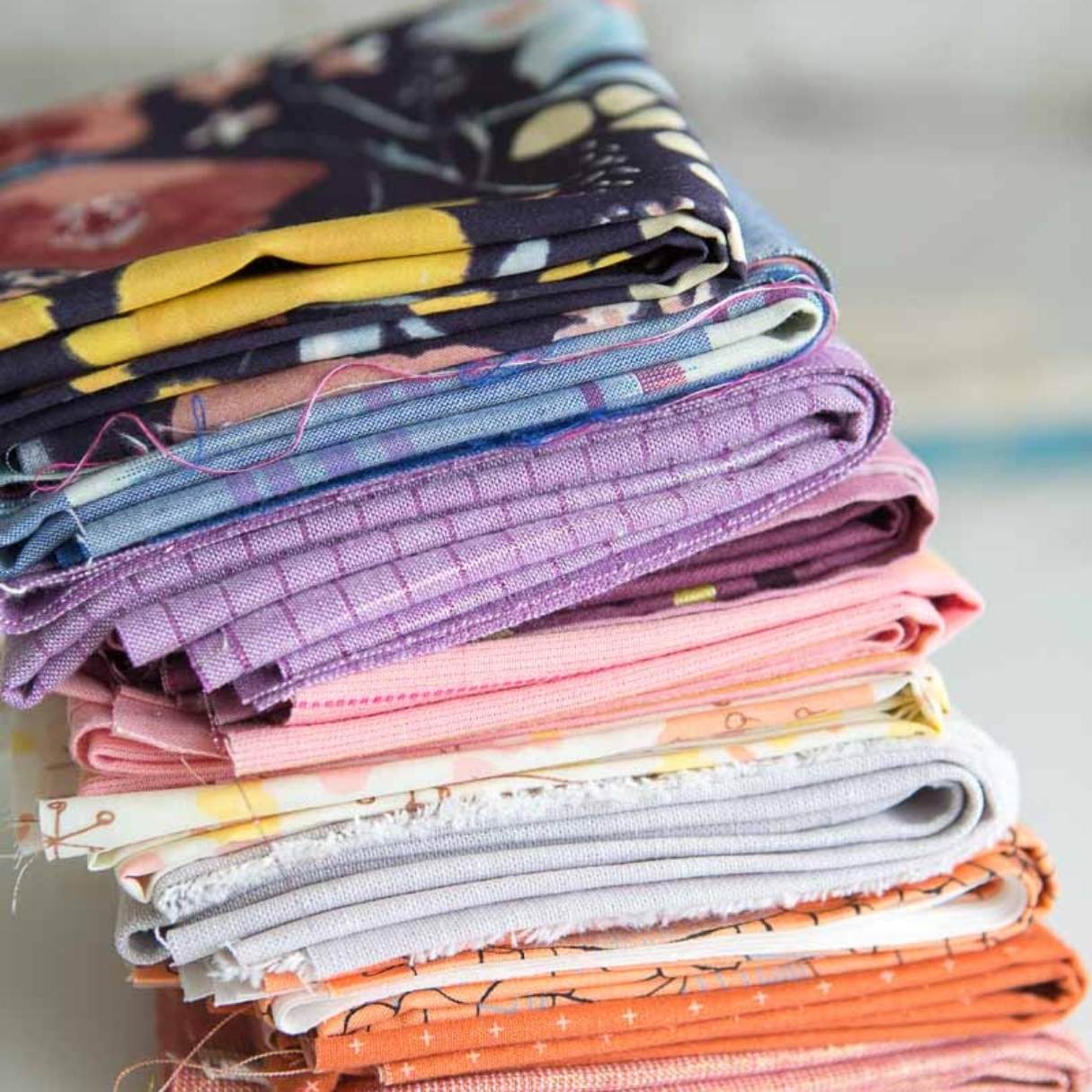
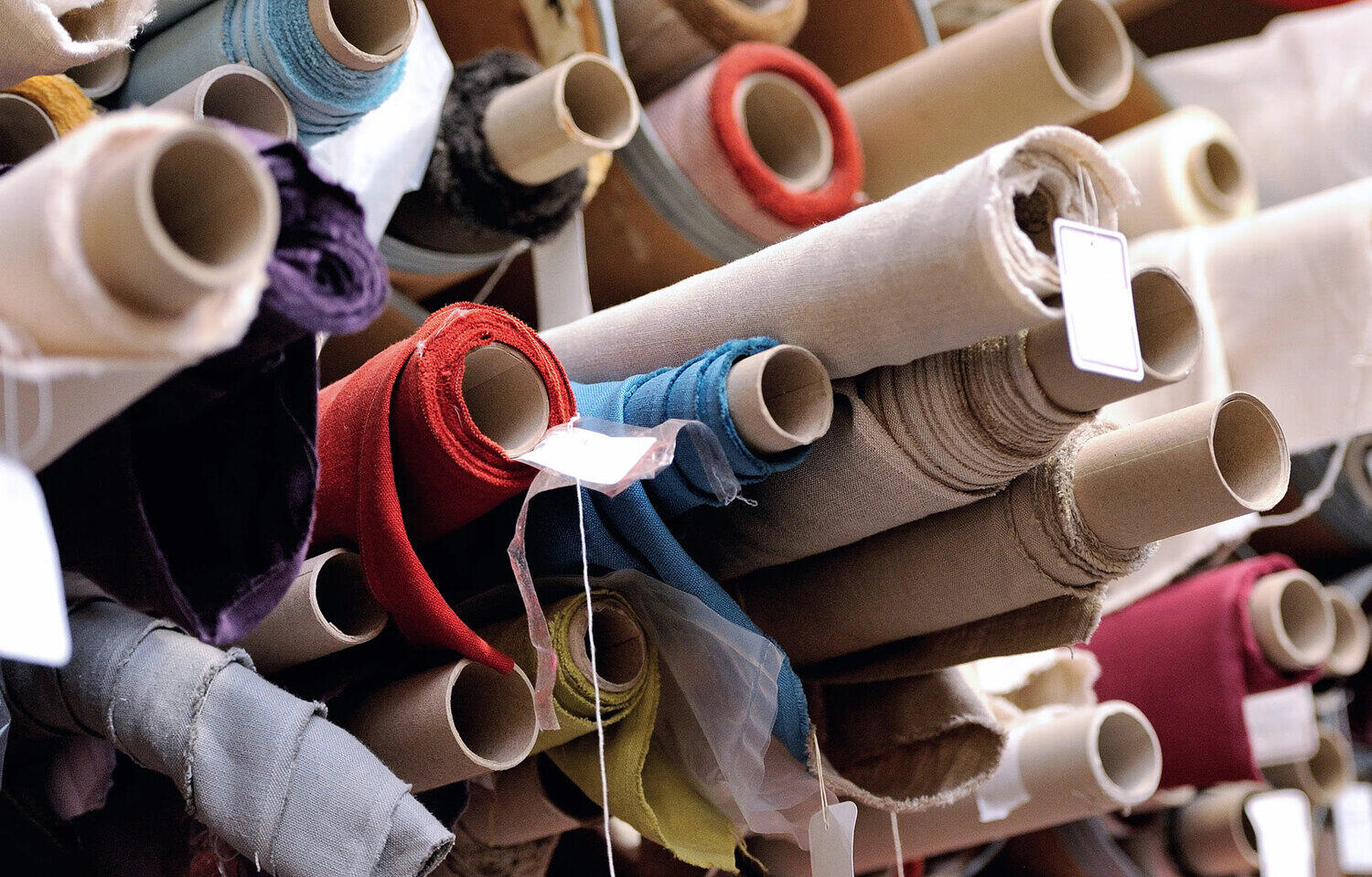
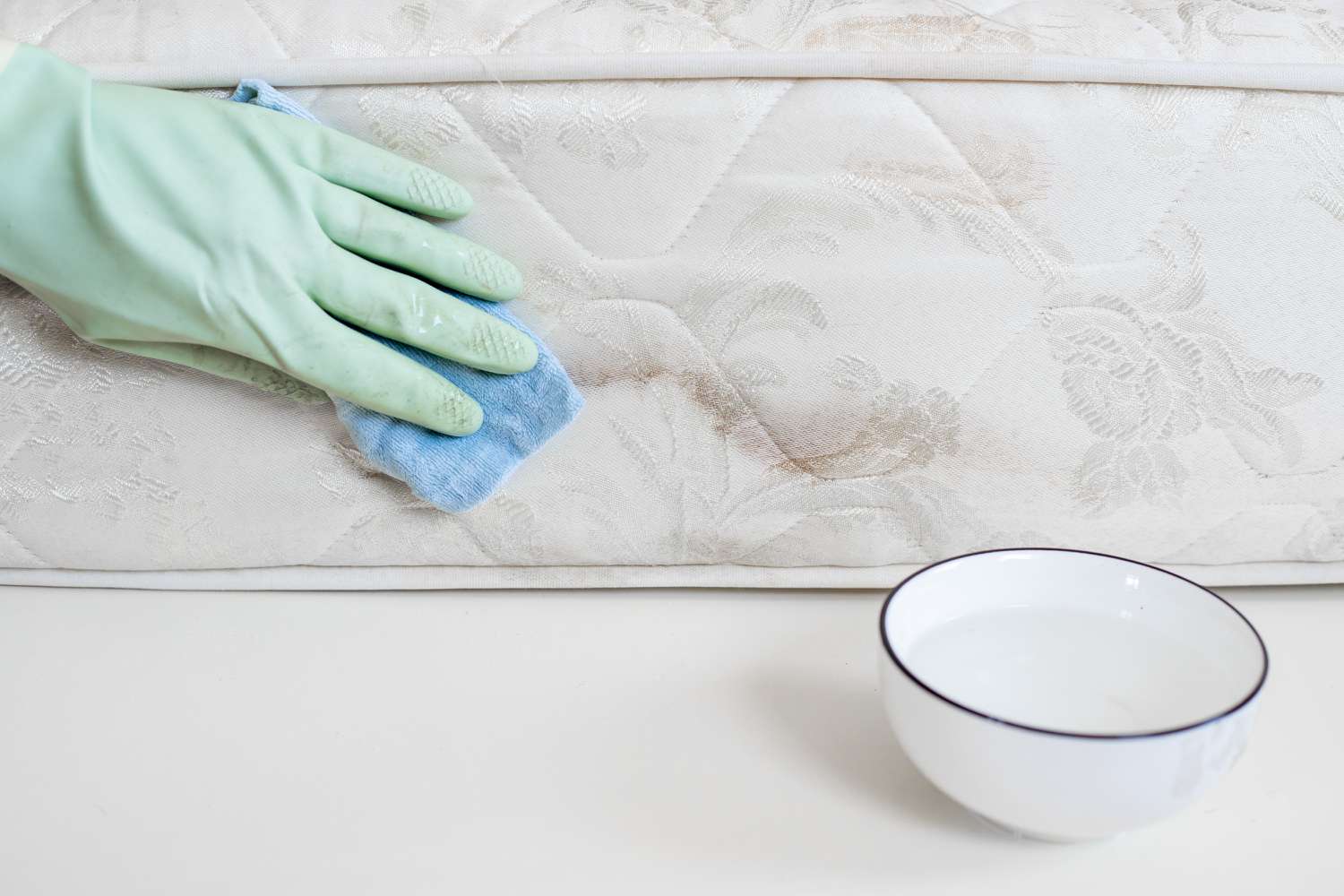
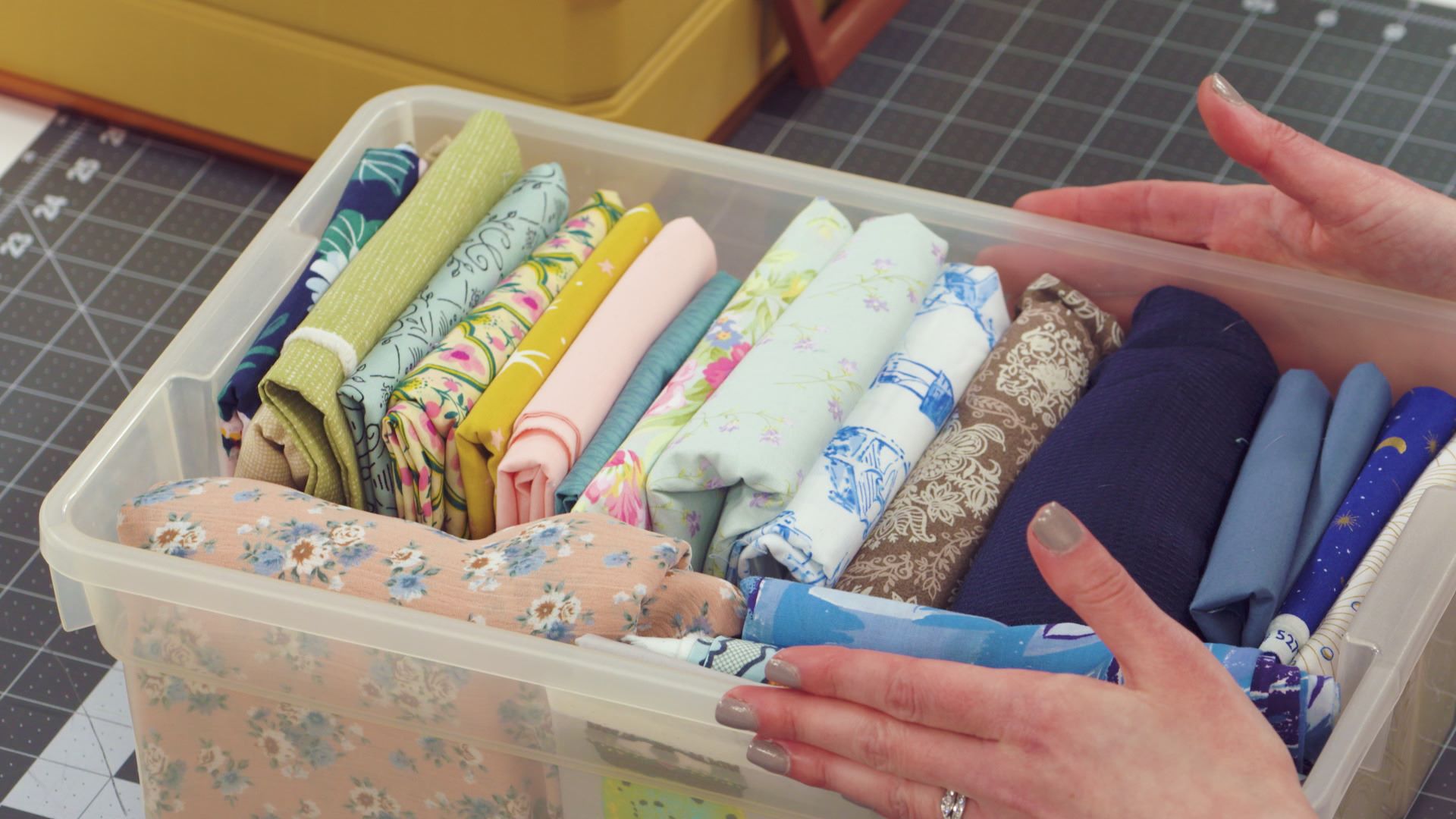
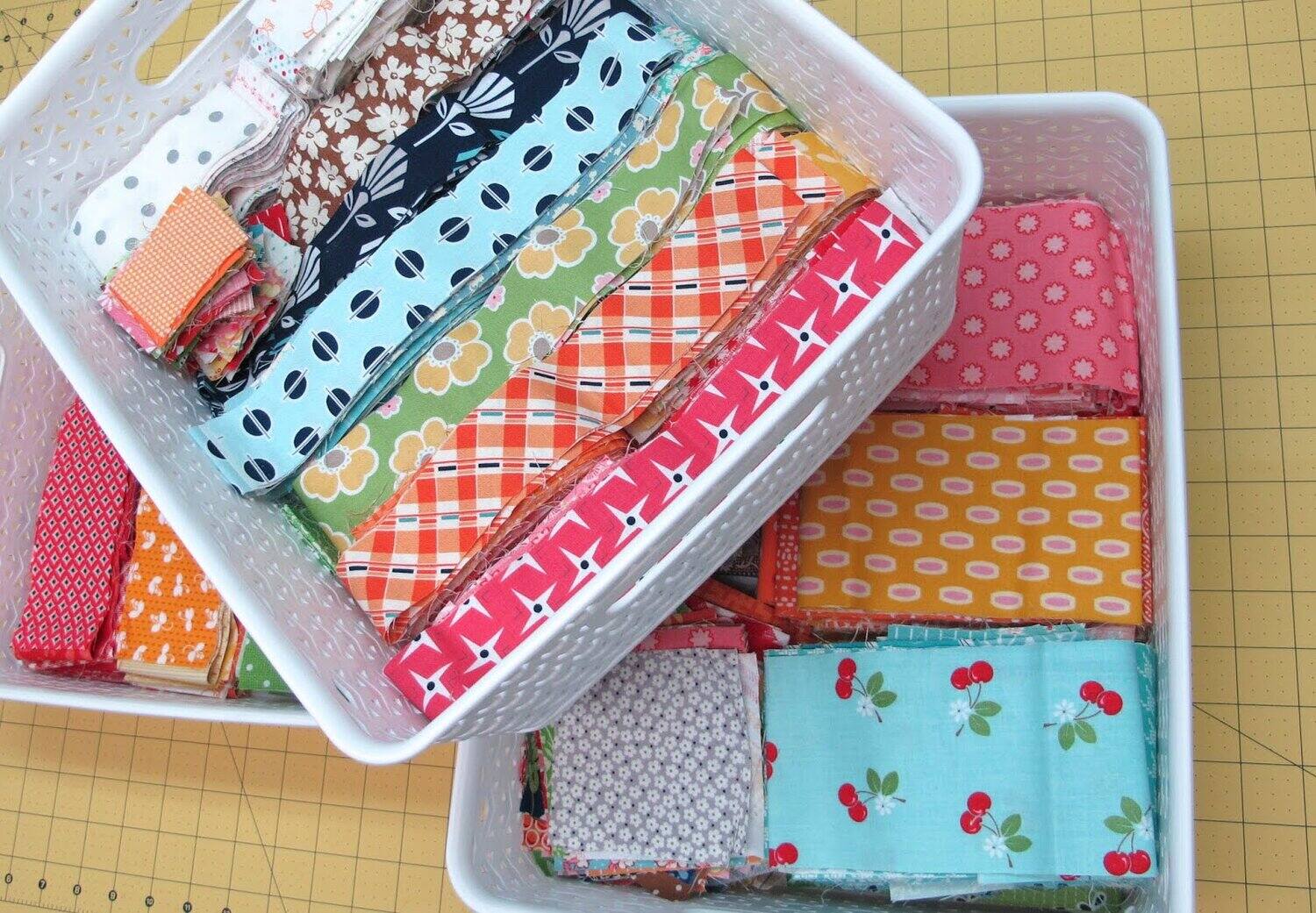

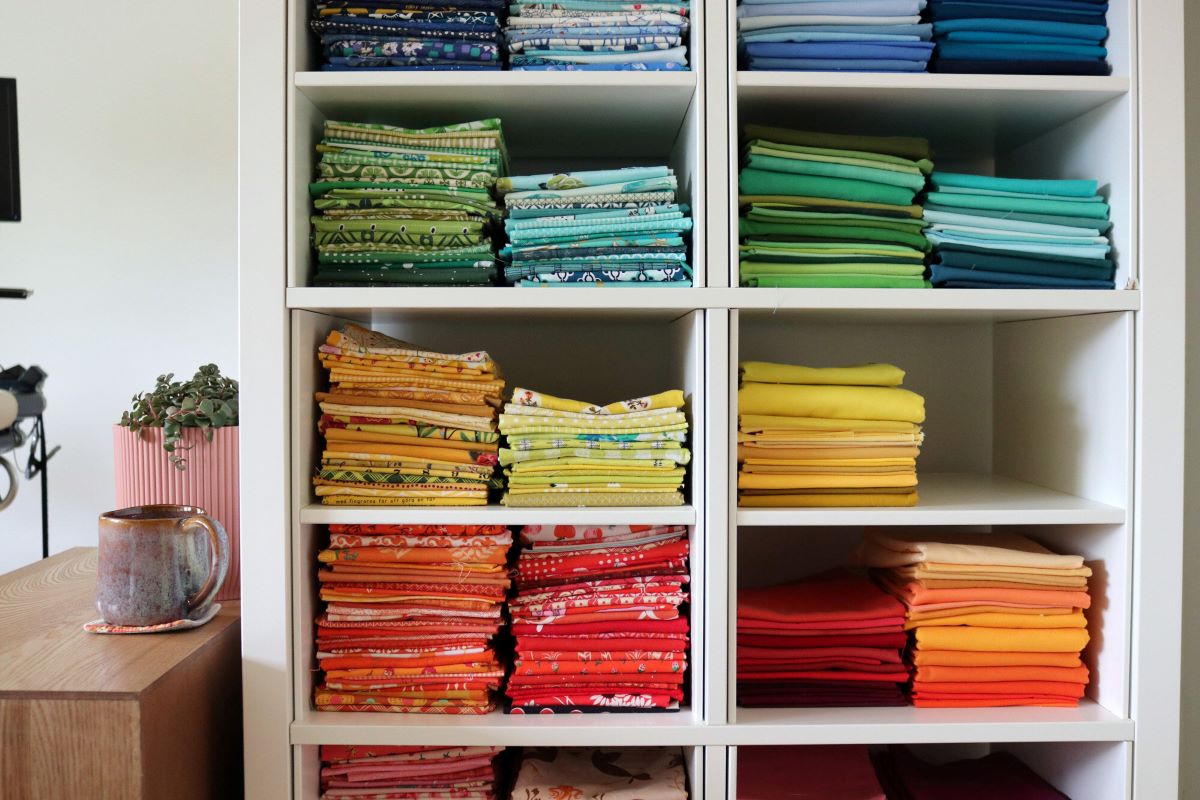

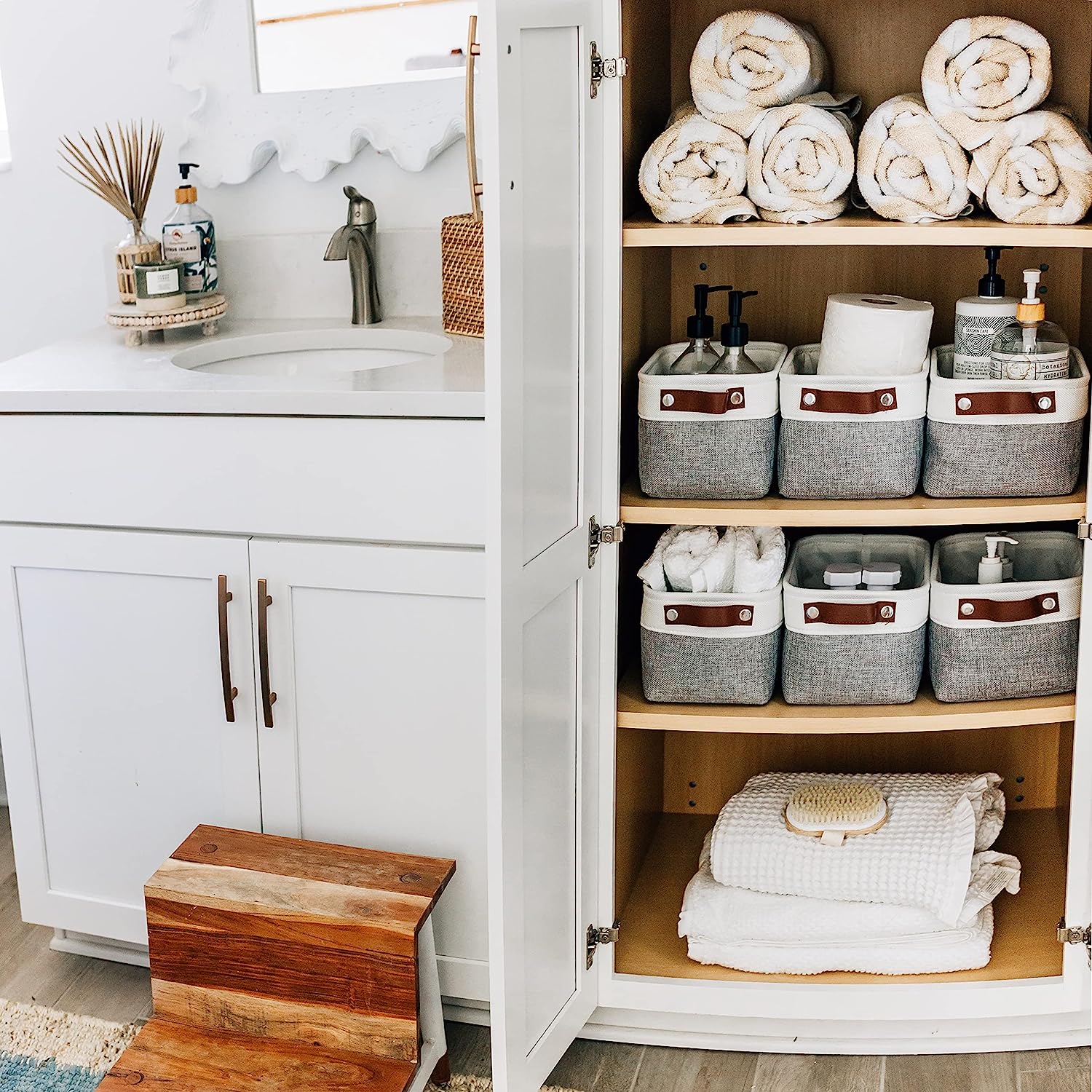
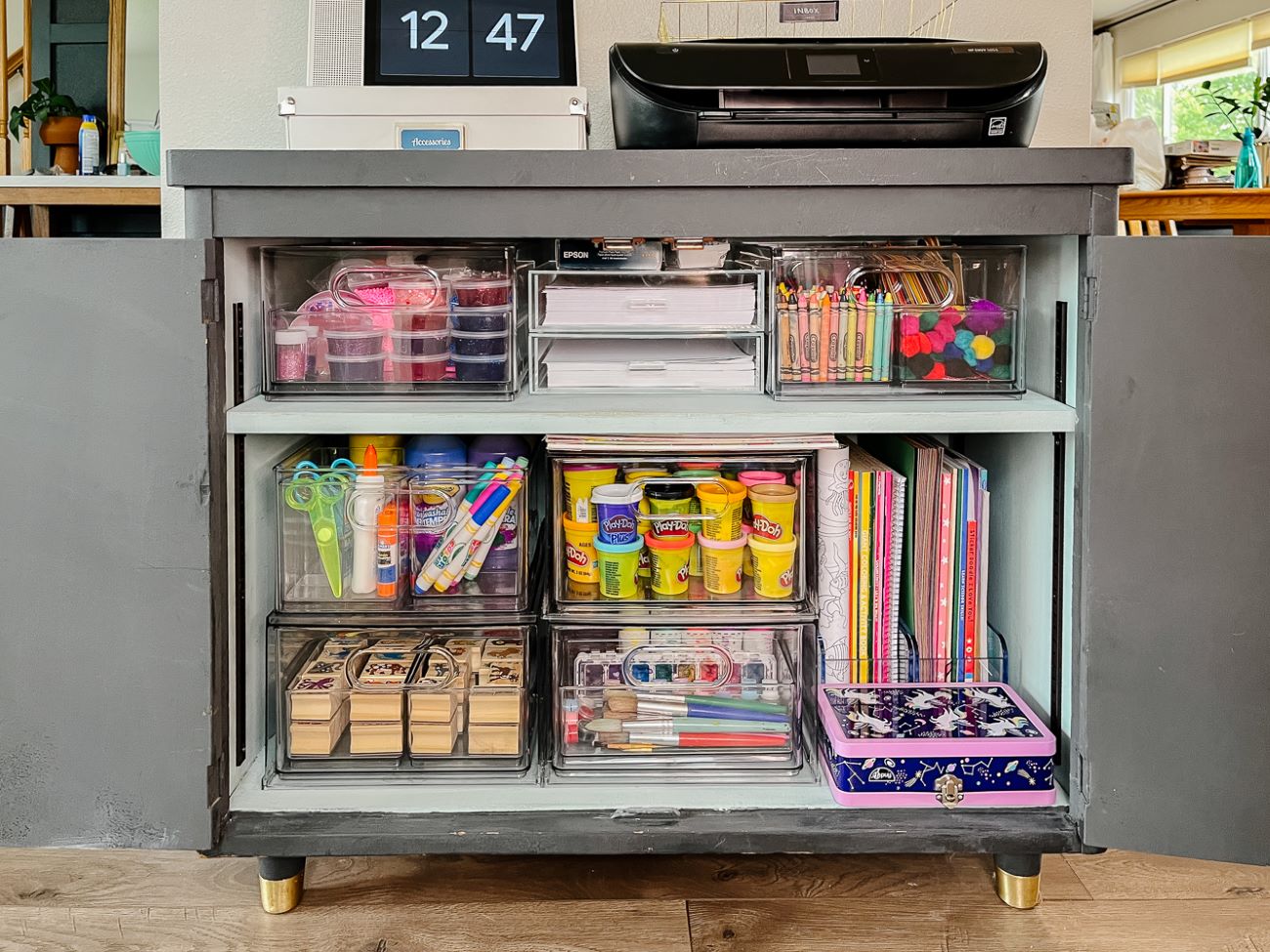
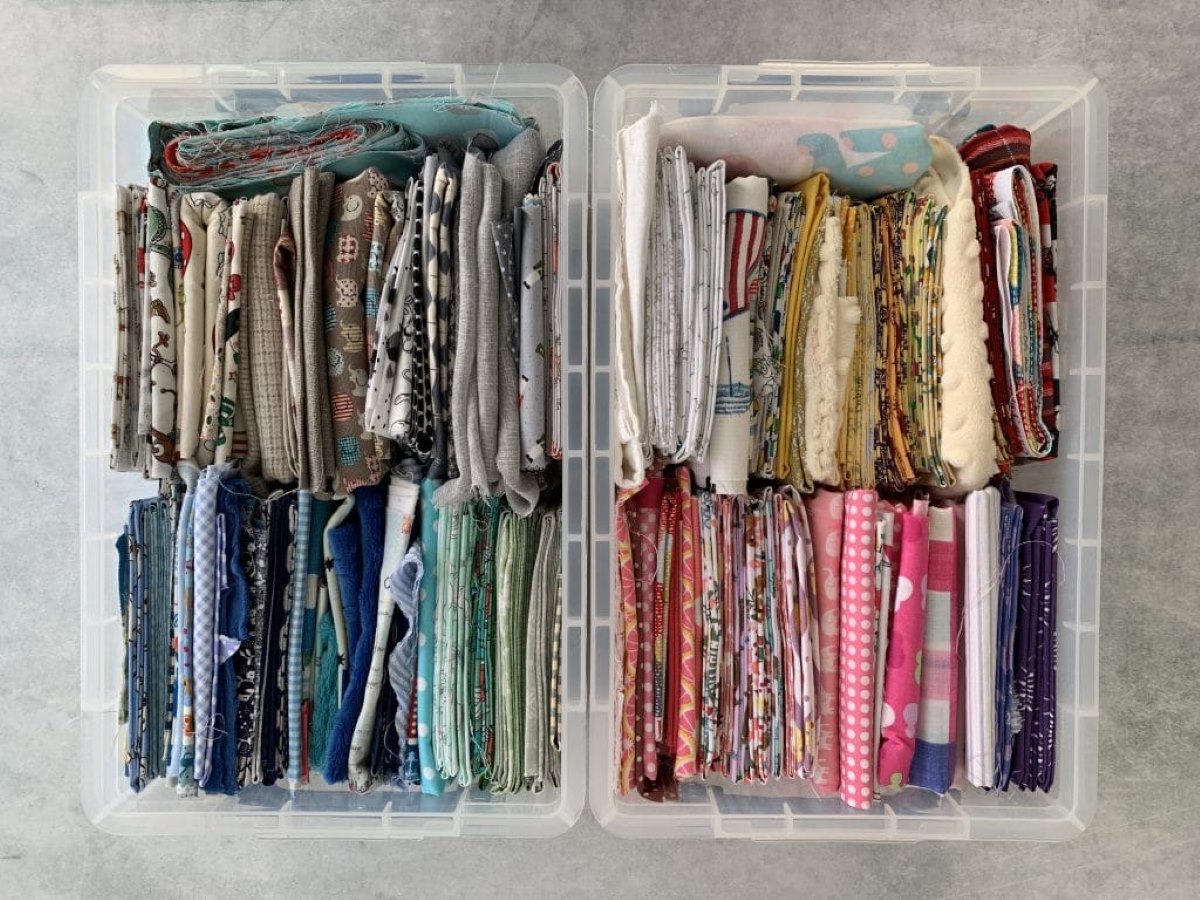

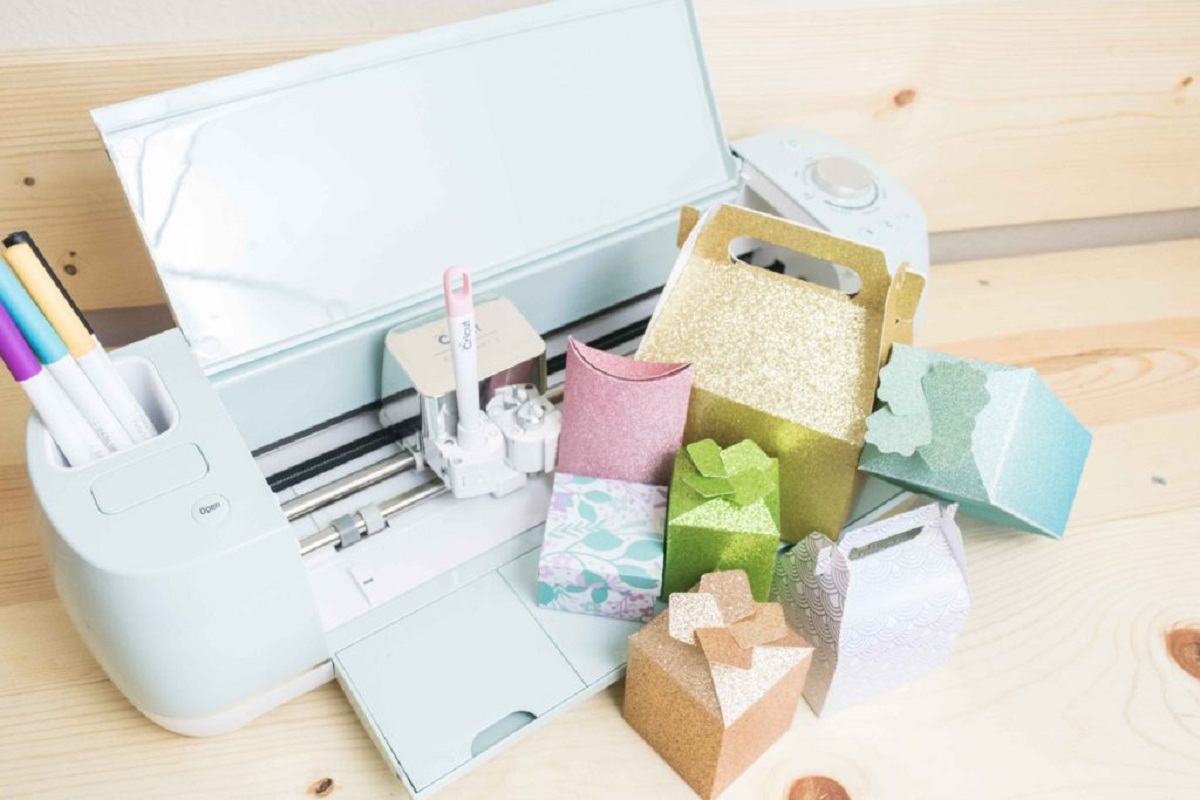
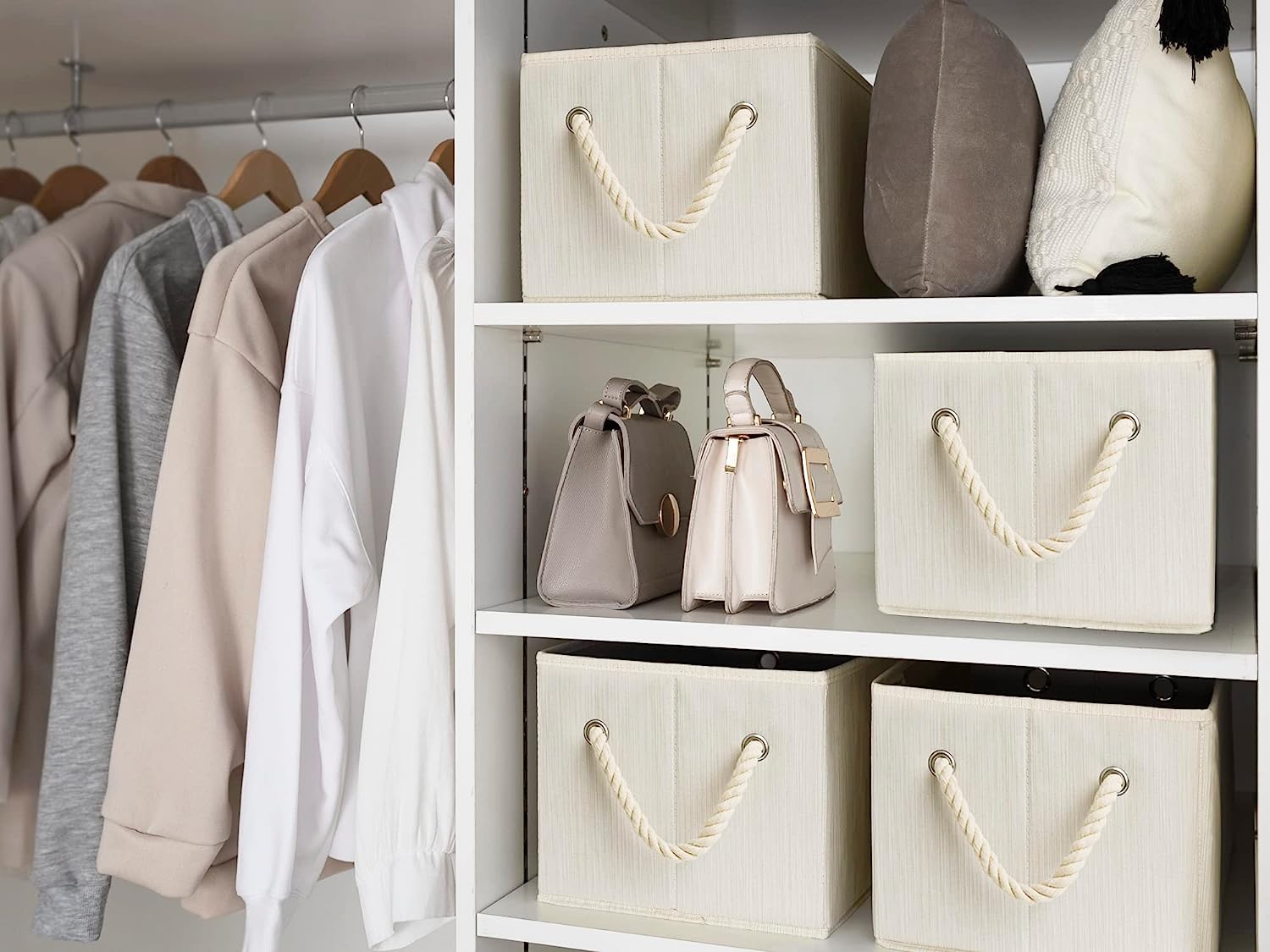

0 thoughts on “How To Store Fabric In Small Space”